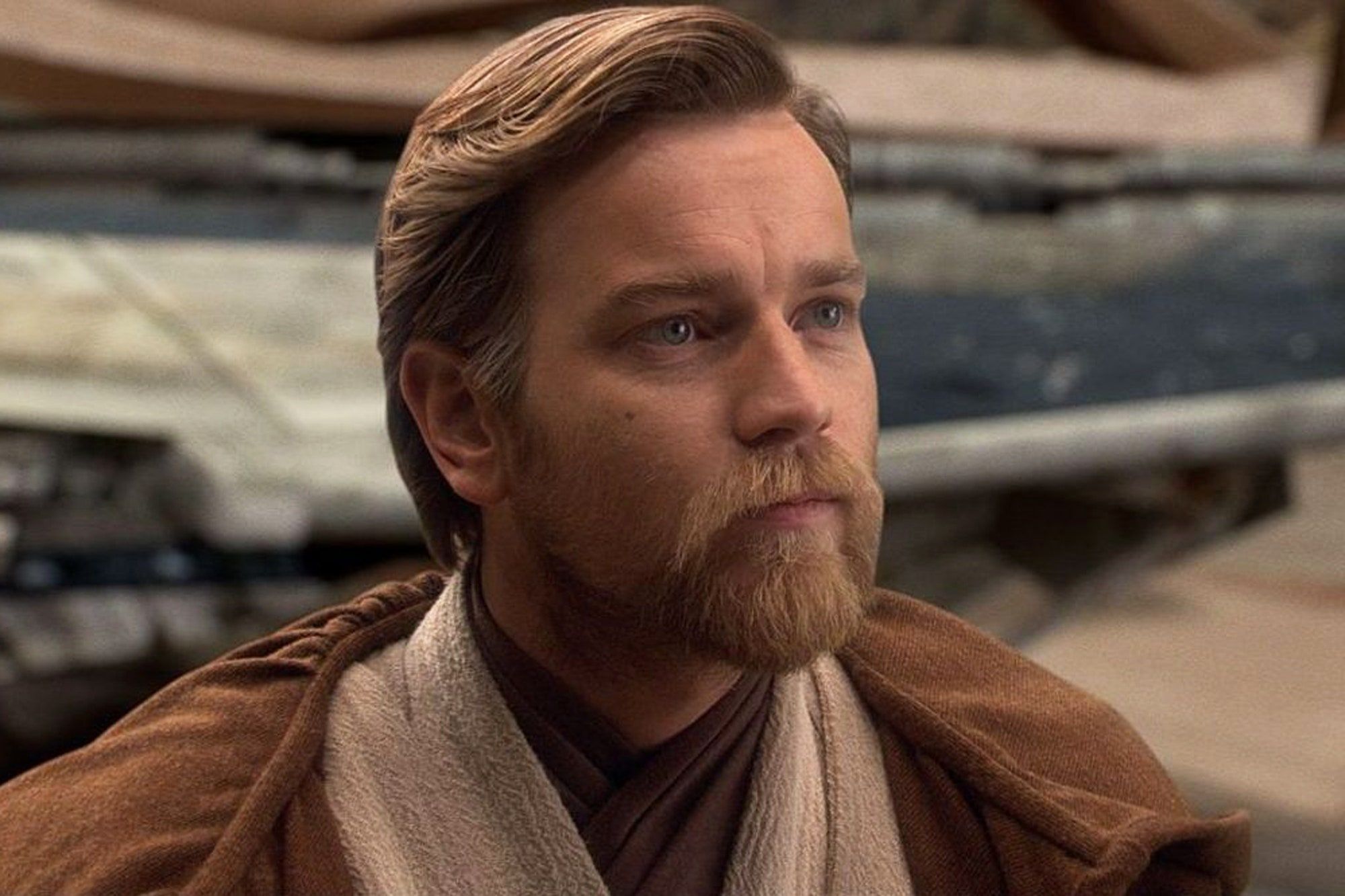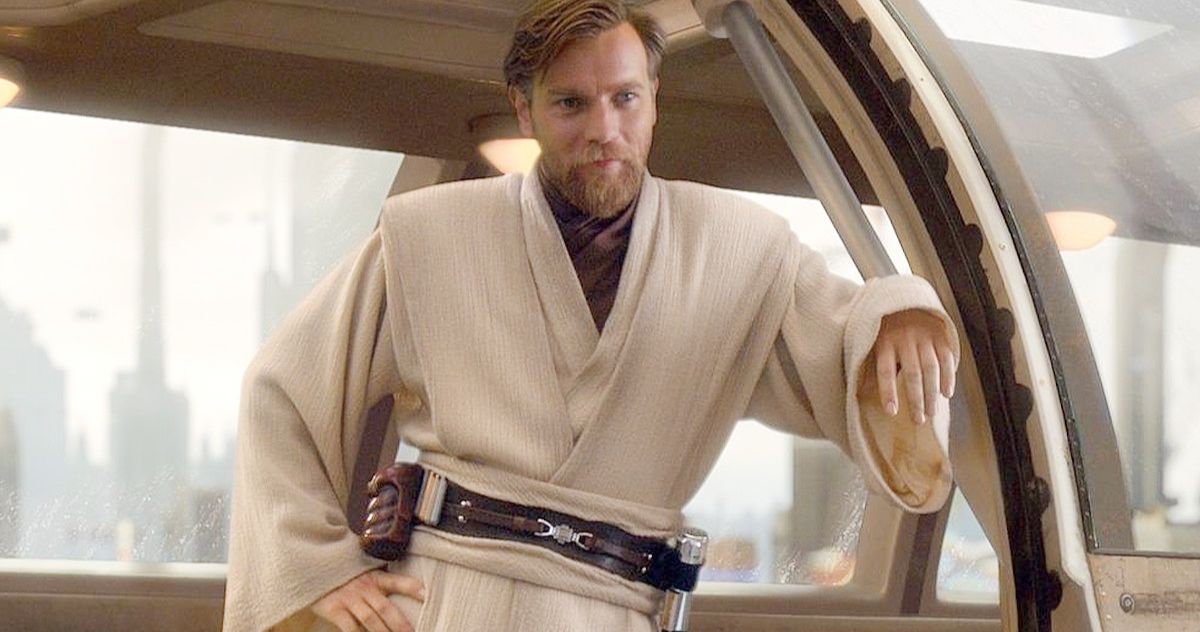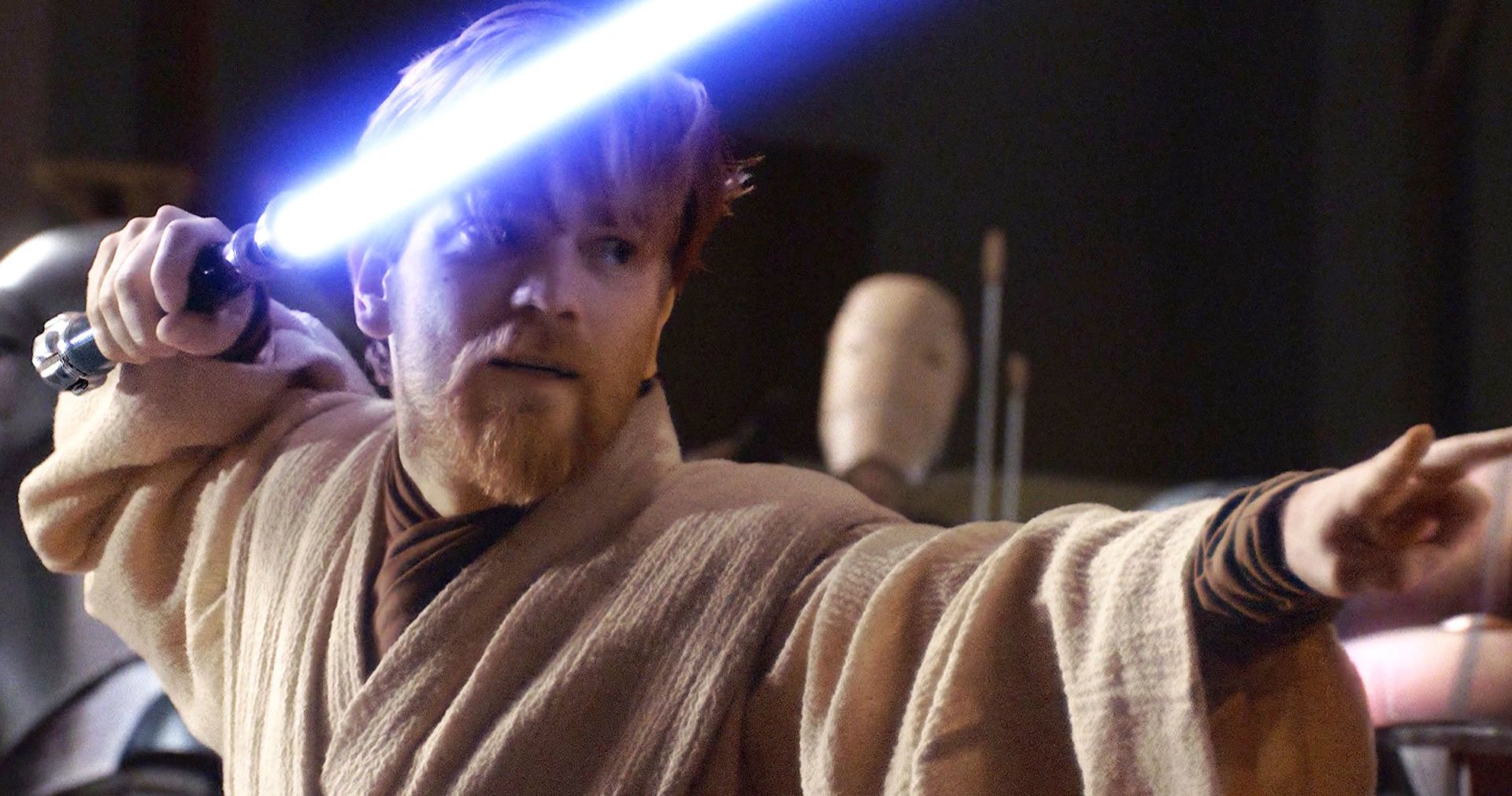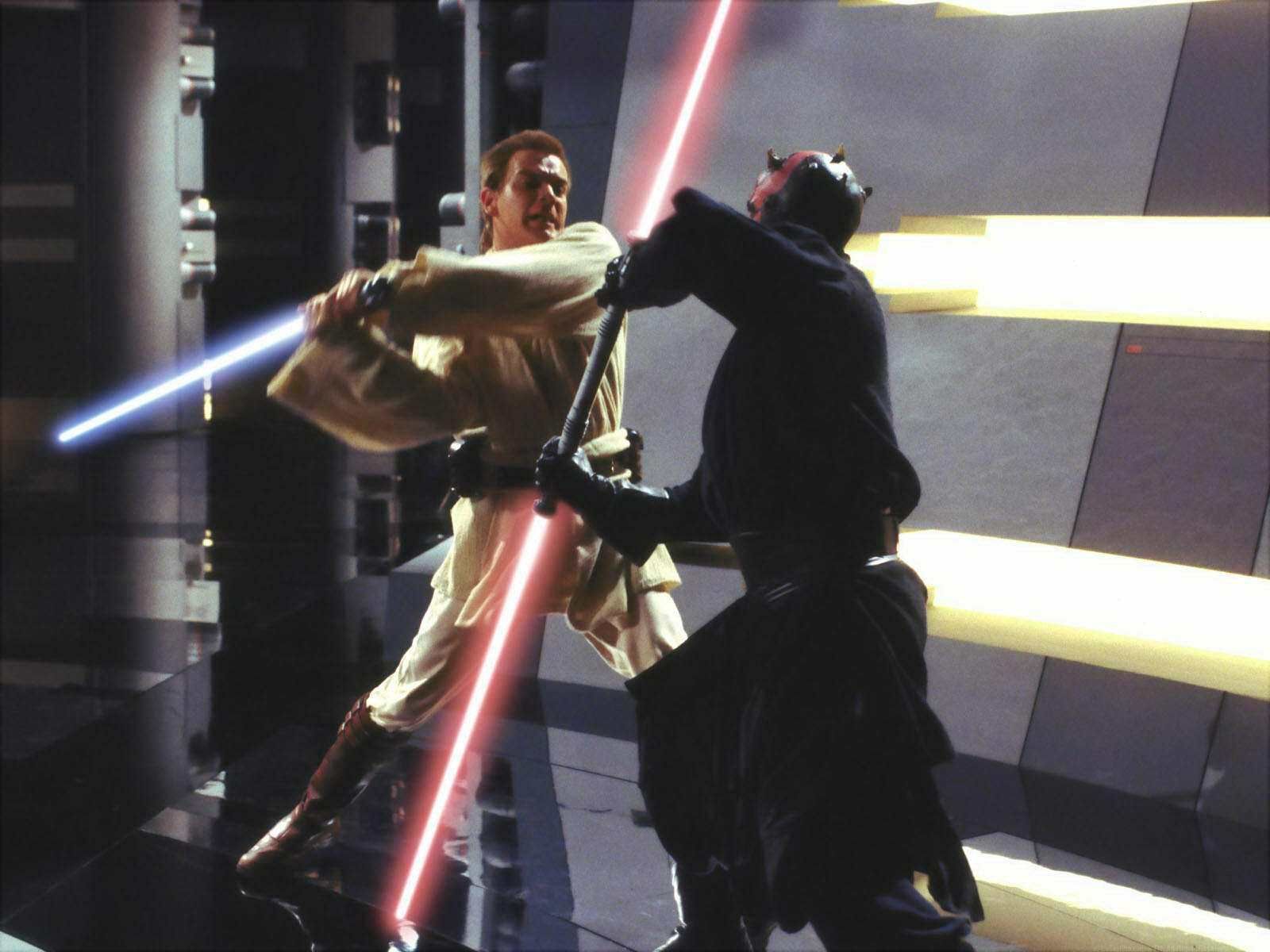When considering a character’s strengths and weaknesses, it is most important to remember that they are not just rooted internally. A character can strive to exceed their personal best while struggling to meet their own personal expectations. Character exposition remains so focused on internal elements so much so that external factors are seldom considered to be a legitimate problem. There is such an intense focus on conditioning oneself that there is the declination to acknowledge that maybe one’s greatest drawback isn’t exactly at their own faults, but lies at the hands of their greatest enemy.
Obi-Wan Kenobi’s ongoing legacy solidified itself as a cornerstone among Star Wars media through a variety of universes that contributed to the seemingly-infinite world-building that factors into the saga. He’s been revisited time and time again as a key component throughout the live-action films, animated series, and print material. The Jedi Master's exceeding prominence permitted him to become one of the most beloved in the franchise and earned his rightful title of a fan-favorite character. Ewan McGregor supplemented Kenobi’s younger years and expounded on the events of the character's early adulthood through the Prequel Trilogy. He will return to the role in the Disney+ Original Series Obi-Wan Kenobi, which is poised to tell Kenobi’s story ten years after Star Wars: Episode III - Revenge of the Sith. Both familiar faces and new characters will find themselves among the series, though the series primarily belongs to Kenobi. A teaser trailer for the highly anticipated series was just released, giving us a glimpse into what to expect from the Disney+ show. As it is set to dive deeper into the beloved Jedi's life, one of the biggest questions heading into the series, of course, is: who was Obi-Wan Kenobi's greatest enemy?
Who Has Obi-Wan Fought in the Star Wars Franchise?
A strong character must fight even stronger adversaries throughout the extent of their in-franchise career across multimedia. Obi-Wan Kenobi has taken on a multitude of conflicts throughout his him in the Star Wars universe that spanned outside of McGregor's initial three-picture deal that bound him to the Prequel Trilogy in the early 2000s. In Star Wars Legends, Obi-Wan nearly defeated the warrior Durge who was tasked with defending Muunilinst on multiple occasions. Star Wars: Episode II - Attack of the Clones pitted Obi-Wan against Jango Fett on Kamino. Their battle established the existence of Clones within the live-action Star Wars canon and flashbacks of Kamino would be featured prominently throughout The Book of Boba Fett.
Obi-Wan and General Grievous' iconic meeting in Star Wars: Episode III - Revenge of the Sith became one of the most popular fights in the Prequel Trilogy. Of course, the consummate battle in Revenge of the Sith was not that between Obi-Wan and Grevious, but the ultimate (if not duel of the fates) final confrontation between the Jedi and his Padawan-turned-Sith Lord Anakin "Darth Vader" Skywalker. Cad Bane, who made a disappointingly short-lived appearance in The Book of Boba Fett, previously faced off against Obi-Wan in Star Wars: The Clone Wars. The fight was not single-handedly taken on by the Jedi, though tasked him with taking on one of the galaxy's most feared bounty hunters. Obi-Wan's first confrontation with Darth Maul in Star Wars: Episode I - The Phantom Menace would not be his last; he was bound to cross over with him in combat throughout the overlapping clamor of the Star Wars universe. In fact, they were bound to collide a total of four times throughout Star Wars media. They met in combat twice through Star Wars: The Clones Wars and their ongoing rivalry was dramatically drawn to an end during Star Wars: Rebels.
What is Obi-Wan’s Fighting Style?
Obi-Wan Kenobi has proved himself to be a skilled member of the Jedi Order across the expansive lore of Star Wars. Originally, Kenobi practiced a form of combat known as Form III Soresu that created in direct defense of the fencing-like lightsaber form of Form II. Form III Soresu sourced its primary purpose of defense while drawing any body movements to a minimum. Mace Windu previously claimed that Obi-Wan became a master of lightsaber-based defense, though he wasn't always associated with the different forms of Soresu.
Obi-Wan first was determined to practice offense-based lightsaber combat previous to Qui-Gon Jinn's death in Star Wars: Episode I - The Phantom Menace. Qui-Gon was first trained by Count Dooku and later established himself as of the best swordsmen among the Jedi Order. In turn, Obi-Wan was first taught the assertive form of Form IV Ataru, which was known for its aggressive offense-based technique. Form IV Ataru prioritizes the use of relentless strikes against the opponent and gives them little time to prepare themselves in defense. It was after Qui-Gon's demise that Obi-Wan distanced himself from Form IV Ataru and adopted Form III Soresu as his preferred fighting style.
Who Was Obi-Wan's Greatest Enemy?
When considering Obi-Wan Kenobi's greatest foes, the conversation pertaining to his most ruthless enemies keeps two of the most prominent villains in Star Wars at the foreground of the conversation. One can argue that Maul is Obi-Wan's greatest enemy as he was responsible for Qui-Gon's death on Naboo. The loss of his Master can be perceived as the first time that Obi-Wan experienced a personal tragedy. Maul was responsible for the Duchess Satine in Star Wars: The Clone Wars and overthrowing her pacifist government and once again fueled the hatred that was held for him. Maul was essentially Obi-Wan's first enemy and can be considered to be his most notorious rival.
The battle on Mustafar that acted as a definitive set-piece during the final moments of Star Wars: Episode III - Revenge of the Sith can counter the prenotion that Maul was Obi-Wan's greatest enemy. It presents a counterargument that his most fearsome foe is actually Darth Vader. He was not only Anakin's Jedi Master, but the pair were connected through a deep bond. Vader's fate was at the cost of their relationship. The disappearance of Anakin in exchange for his new identity of Vader could be viewed as another act of personal failure on Obi-Wan's behalf. Just as he could not save Qui-Gon from Maul, he could not save Anakin from himself. Anakin, in the form of Vader, haunted Obi-Wan throughout his exile. Star Wars comics published by Marvel — that were later accepted as canon — often featured Vader indulging in fantasies of killing Obi-Wan during their last confrontation. It can be interpreted that the Jedi Master shared these thoughts from a point of view more laden with guilt and riddled with sorrow. Upon their final meeting, Obi-Wan allowed himself to be struck down by Vader. The act of self-sacrifice by Obi-Wan can further solidify that because of his benevolence, Vader could be considered to be his greatest enemy.




